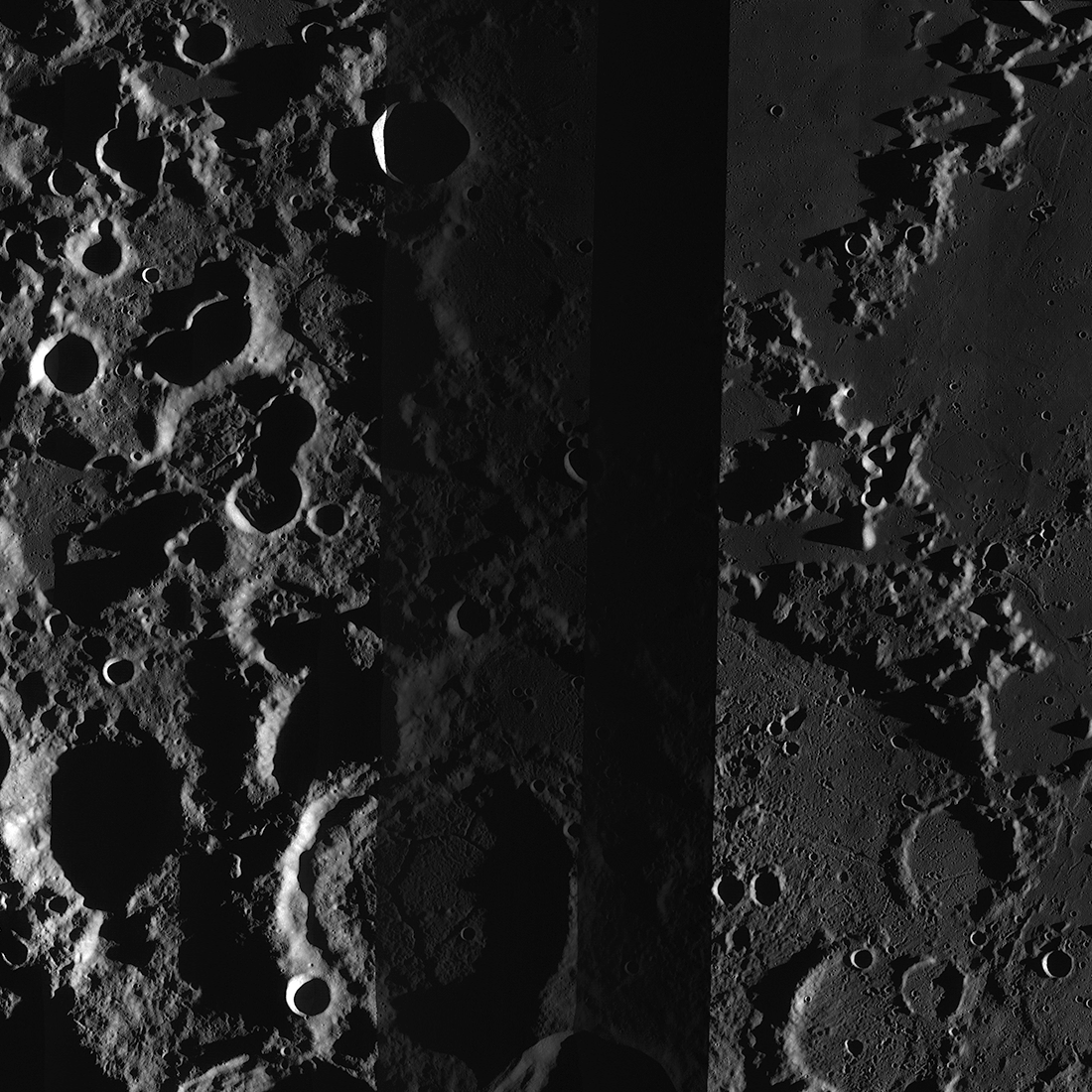
On Friday, 27 July 2018, the Moon will pass through the shadow of the Earth, the second lunar eclipse of 2018. This total eclipse will last almost 103 minutes and during that time, the Sun will not be visible from the Moon or from the Lunar Reconnaissance Orbiter (LRO). The spacecraft relies on the Sun for power, so special procedures are implemented during an eclipse to help the spacecraft survive the bitter cold of space. To conserve energy stored in the battery, all of the instruments will be turned off during the eclipse. In addition, survival heaters on the spacecraft will be turned on 24 hours prior and during the eclipse to prevent the spacecraft and science instruments from getting too cold during the prolonged “night”.
This will not be the first eclipse for LRO. The last total eclipse occurred earlier this year on 31 January 2018 and lasted 76 minutes. On 26 June 2010, LRO passed through a partial eclipse where the Moon was only partially covered by the Earth’s full shadow (umbra). During the partial eclipse, the Narrow Angle Camera and Wide Angle Camera remained powered on and were able to capture images. Today’s featured image shows a mosaic of individual WAC observations acquired over a series of orbits during that eclipse. When acquiring these images, the LRO spacecraft was traveling south to north (bottom to top) along the orbit and the orbits progressed westward (left to right) with respect to the Moon.
In the center of the Featured Image are two observations that show the effect of the eclipse. The nearly dark WAC observation (M132186721C) in the mosaic was acquired just after the western limb of the Moon was shadowed by the Earth (umbra). The observation to the west (left) (M132193516C) was acquired while the region was no longer covered by the Earth’s Umbra, but still affected by the partial shadow (penumbra) where only part of the Sun was being blocked by the Earth.
Unfortunately, the eclipse today will not be visible from the United States and LRO will not be mapping during the eclipse. However, you can explore the shadow of the Earth in the WAC mosaic below from a partial lunar eclipse in 2010! Look for the time when the spacecraft flew into the full shadow (umbra)!
Published by Mark Robinson on 26 July 2018